
OR
US-Bangla plane crash
Over 50 feared dead, several injured as US-Bangla aircraft crashes at TIA (With video)
Published On: March 12, 2018 05:25 PM NPT By: Susheel Bhattarai | @sushbhattarai

KATHMANDU, Mar 12: Over 50 people are feared dead and several others injured as a Bombardier Dash Q-400 aircraft operated by US-Bangla Airlines crashed while landing at the Tribhuvan International Airport on Monday afternoon.
Raj Kumar Chhetri, TIA General Manager, said, "over 50 people are feared dead. We are carrying out rescue work. We are collecting details.”
More than 20 injured were taken to Kathmandu Medical College for treatment of which seven were brought dead at the hospital. The remaining are undergoing treatment for serious burn (third-degree burn) injuries.
Fourteen passengers who have been injured are taken to KMC Hospital, Sinamangal. The incident took place when the flight, UBG 211 was en route to Kathmandu from Dhaka, Bangladesh, Premnath Thakur, TIA spokesperson told myrepublica.com.
Witnesses say it crashed while trying to take a short turn on the runway. “I was on the Ringroad. I saw the plane make a sharp turn over the terminal back toward the south and then disappeared toward the runway. Then immediately, a large plume of smoke was seen,” Arnico Panday said adding that the plane was flying very low, just enough to be above the control tower.
All the flights to and from TIA have been halted following the accident.
Meanwhile, Prime Minister KP Sharma Oli, Home Minister Ram Bahadur Thapa and Defense Minister Ishwar Pokharel have reached the TIA to take stock of the accident and the condition of the injured. Prime Minister Oli took details of the incident and updates about rescue operation from the office-bearers of TIA-based Office of the Civil Aviation Authority of Nepal.
Prime Minister directed the authorities concerned to make all arrangements required for carrying the rescue works in a prompt and effective way, expressing his grief over the tragic incident. He rushed towards TIA, following the incident by postponing a meeting of the Council of Ministers scheduled for 4:00 pm today.
Photos by Dipendra Rokka




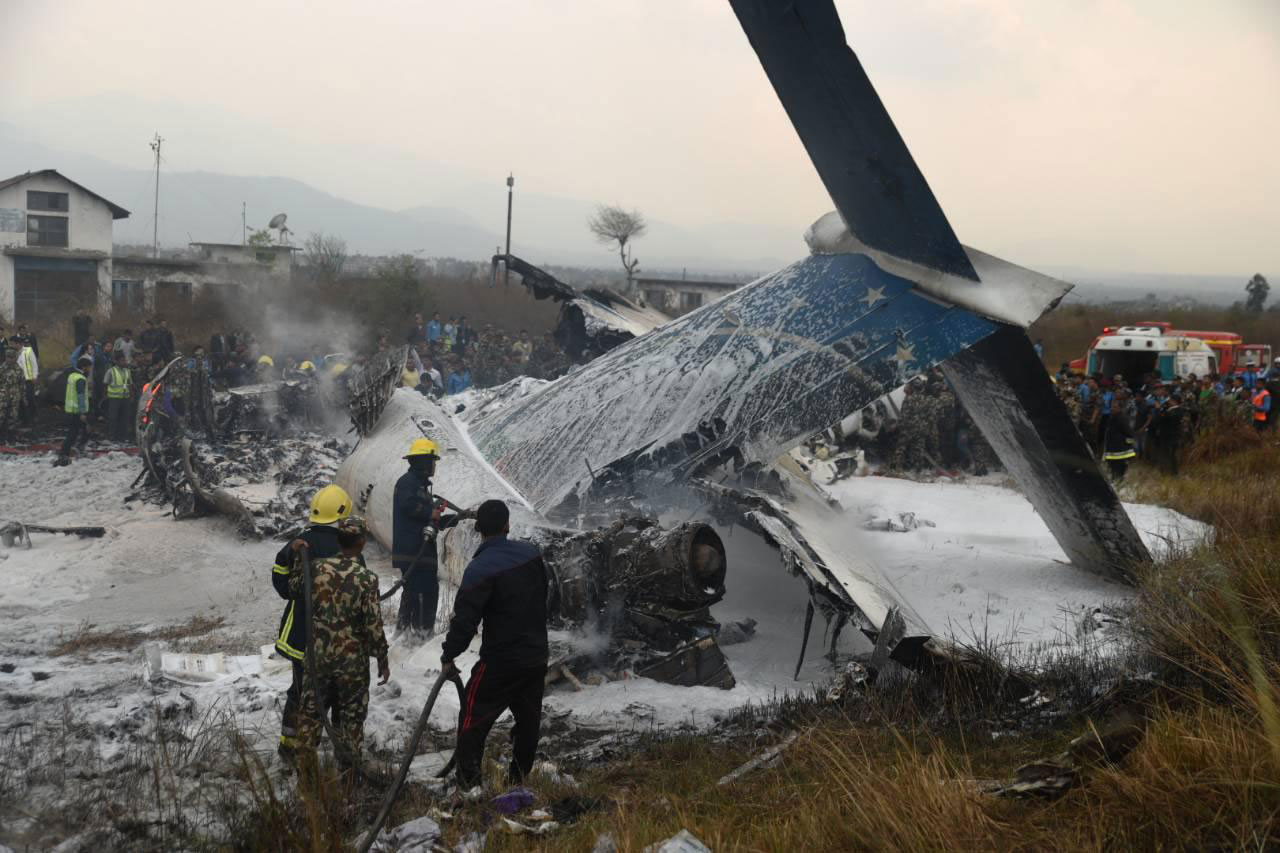









You May Like This

Swaraj at TIA with video
KATHMANDU, Feb 1: Indian External Affairs Minister Sushma Swaraj has arrived on a two-day official visit to Nepal as a... Read More...

3 dead, 2 injured when plane crashes on California homes
RIVERSIDE, Calif., Feb 28: Three people died and two were injured when a small plane carrying them home from a cheerleading... Read More...

US military aircraft crashes off Japan
The United States military on Wednesday grounded its tilt-rotor MV-22 Osprey aircraft in Japan after Tokyo called for a halt... Read More...
Related News
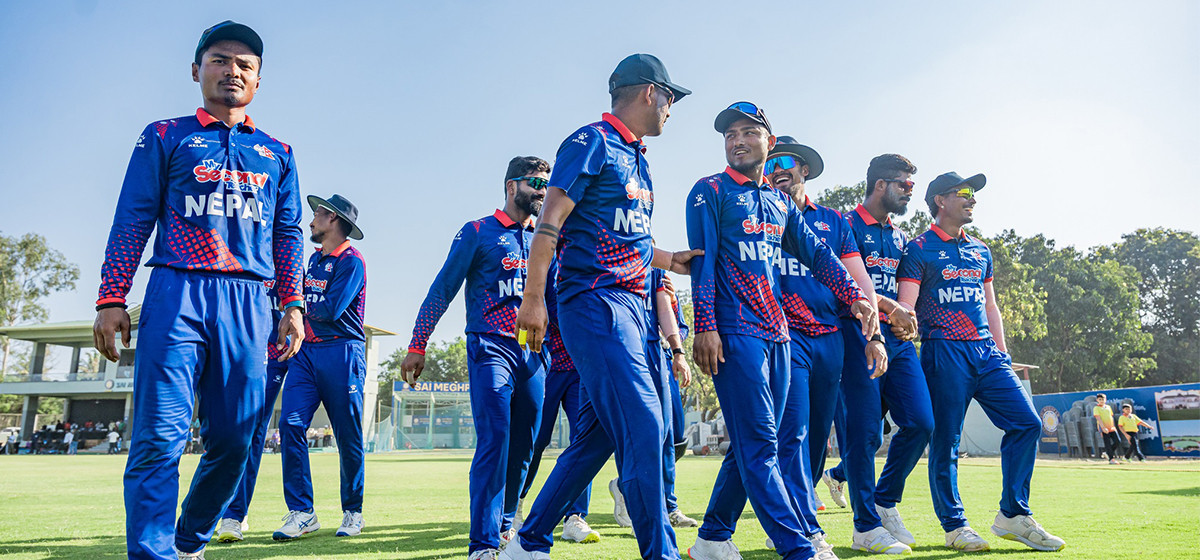

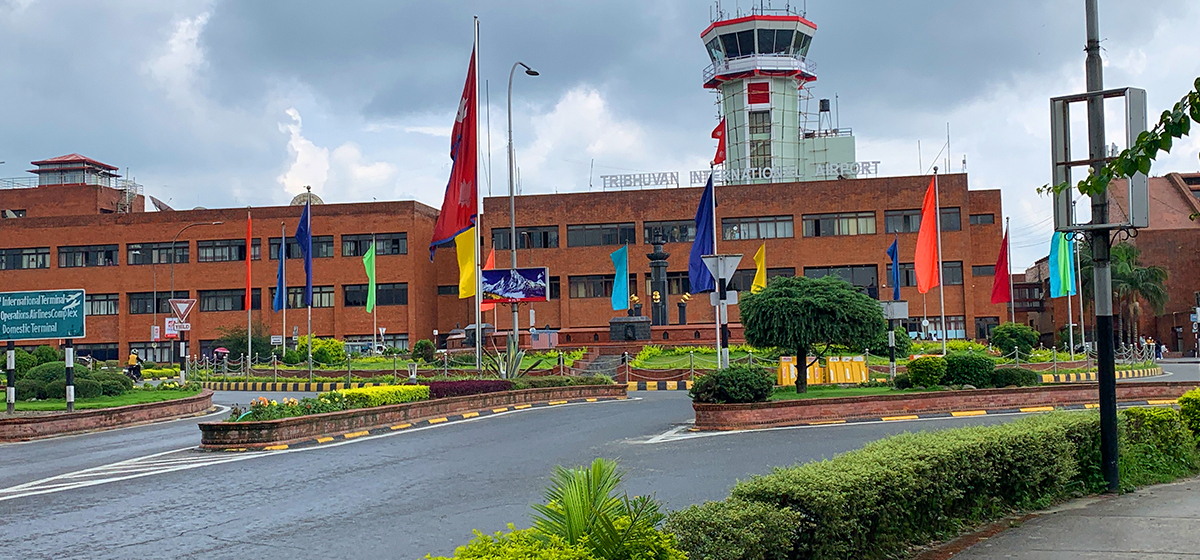

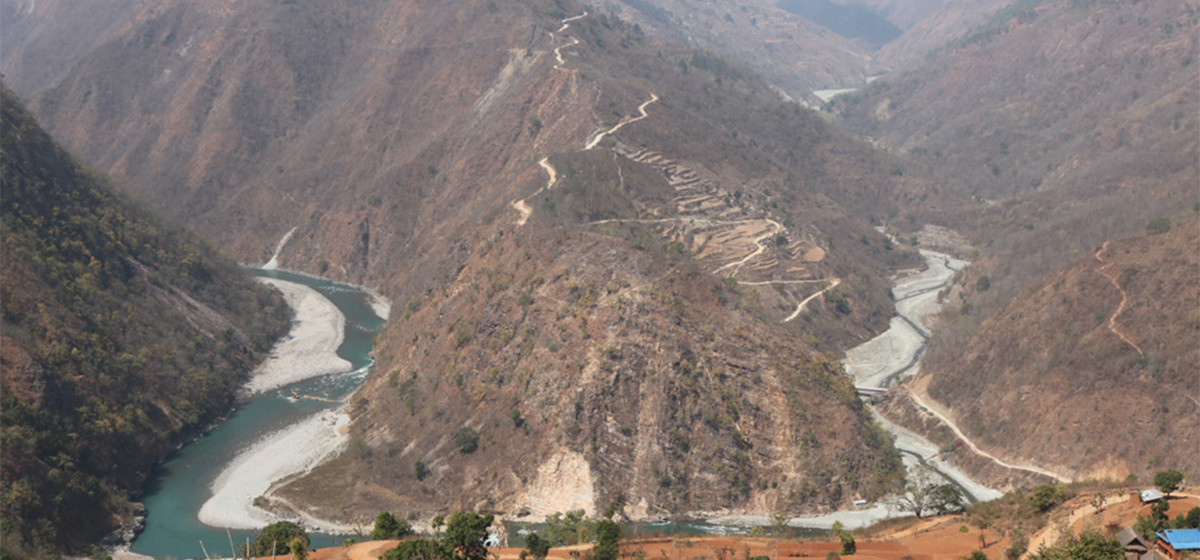
Just In
- Godepani welcomes over 31,000 foreign tourists in a year
- Private sector leads hydropower generation over government
- Weather expected to be mainly fair in most parts of the country today
- 120 snow leopards found in Dolpa, survey result reveals
- India funds a school building construction in Darchula
- Exploring opportunities and Challenges of Increasing Online Transactions in Nepal
- Lack of investment-friendly laws raises concerns as Investment Summit approaches
- 550,000 people acquire work permits till April of current fiscal year







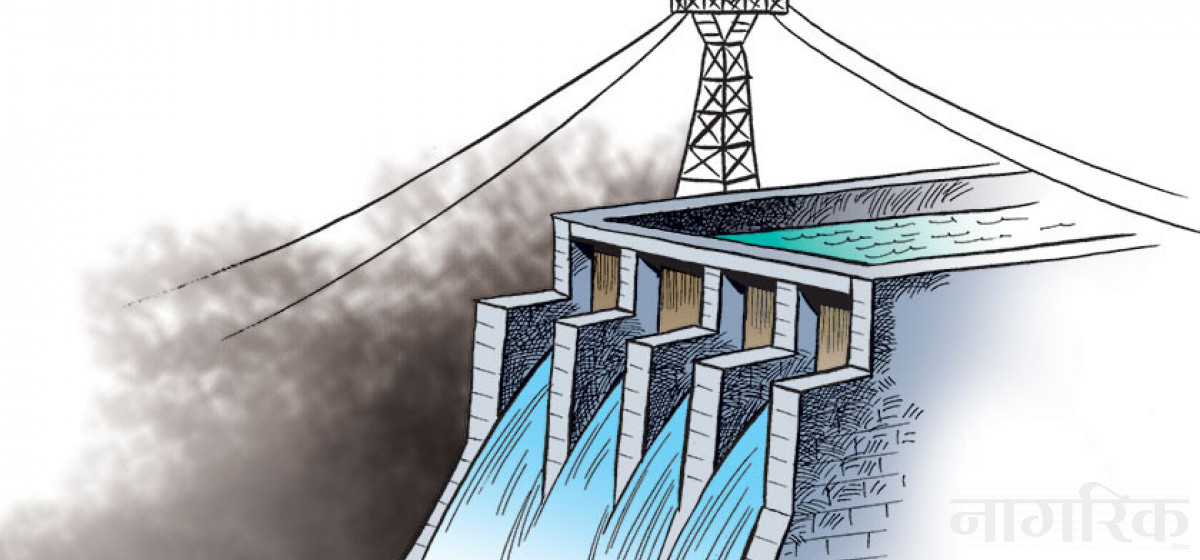




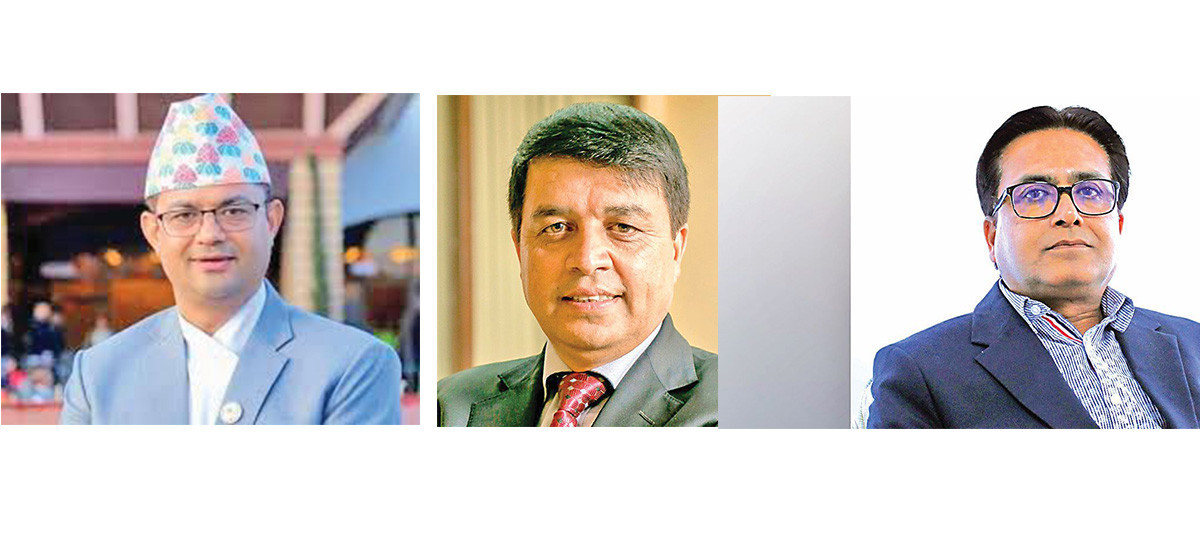
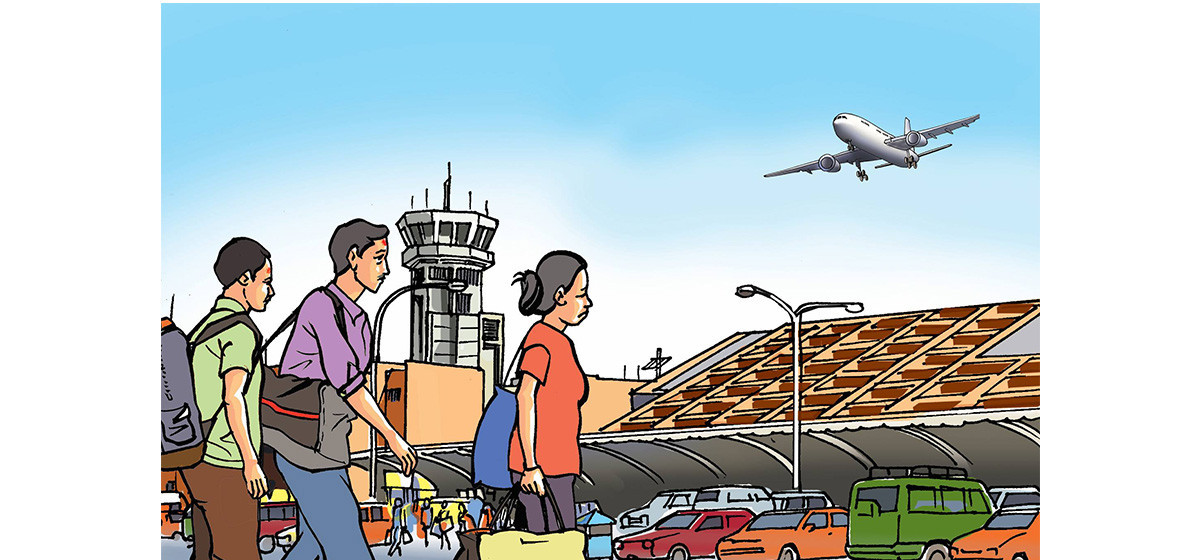
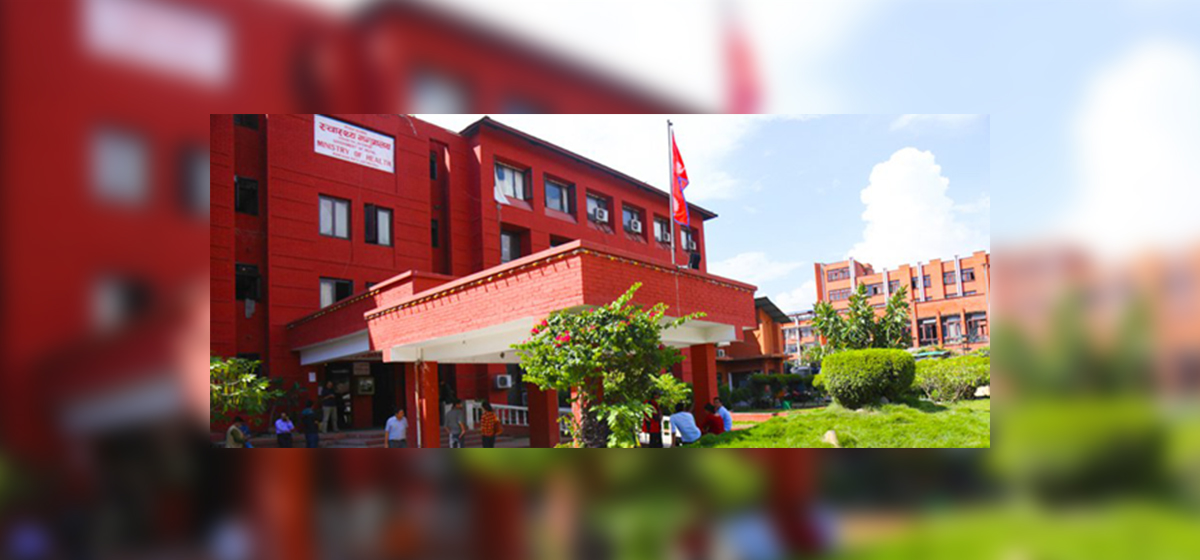
Leave A Comment